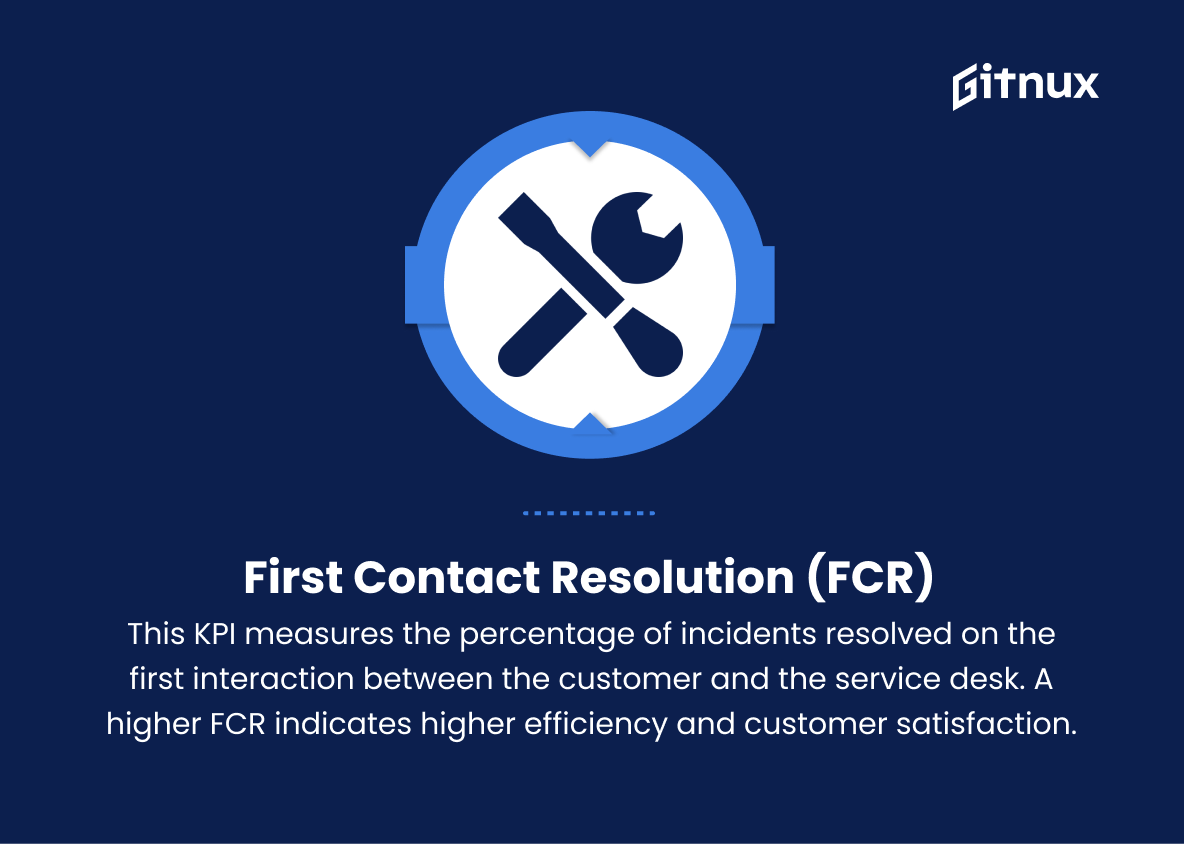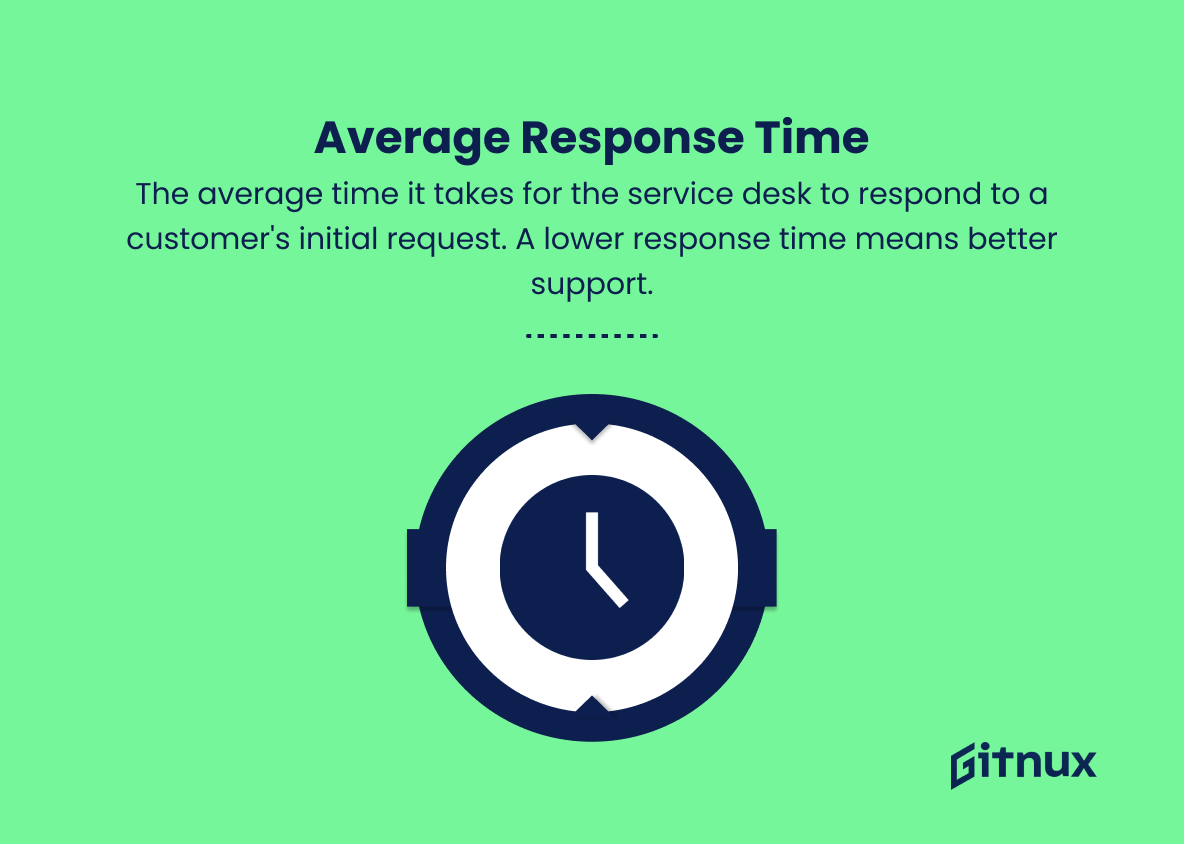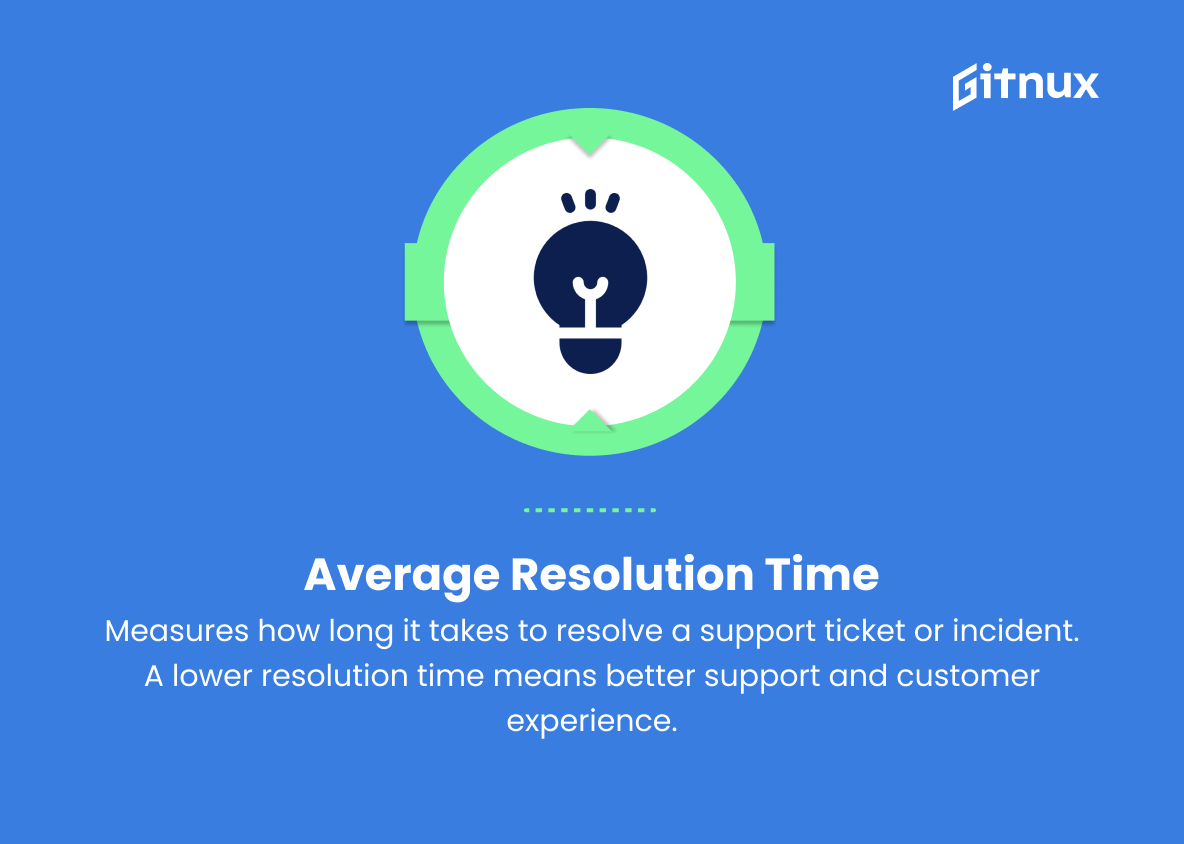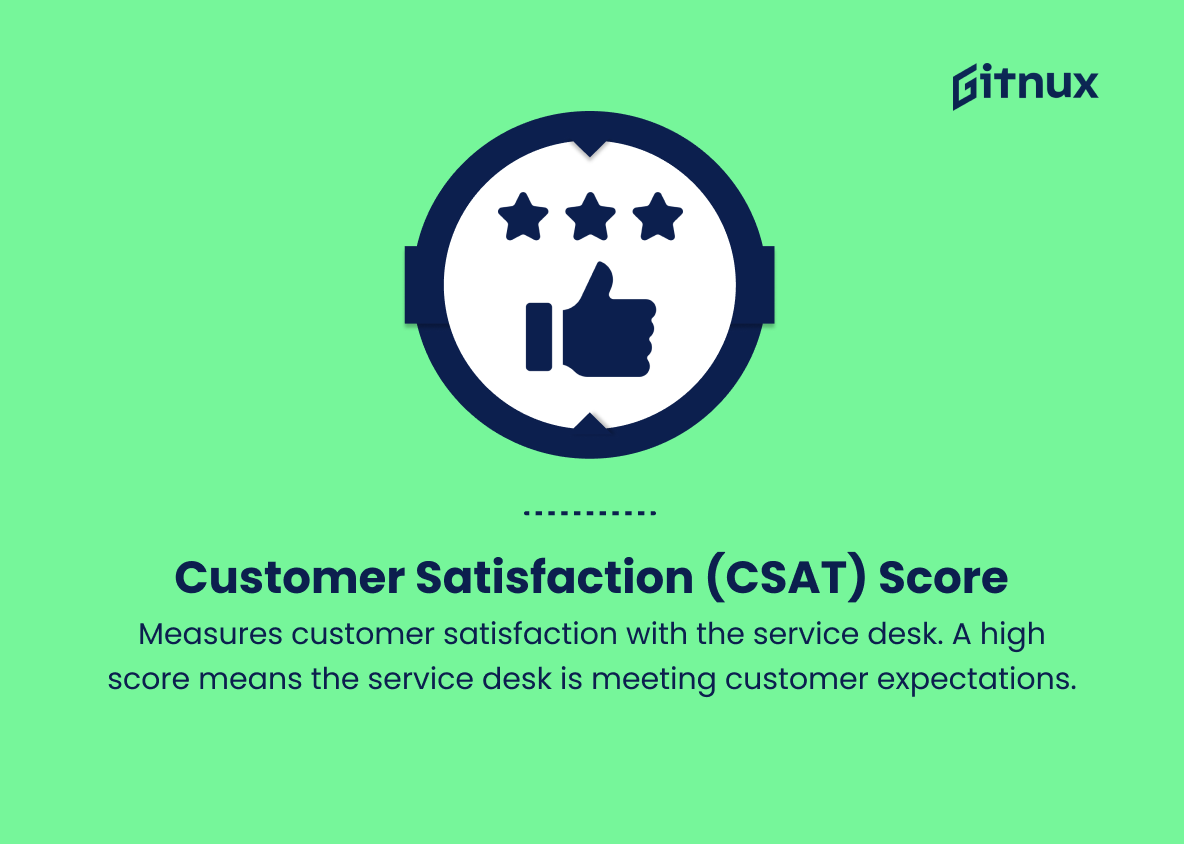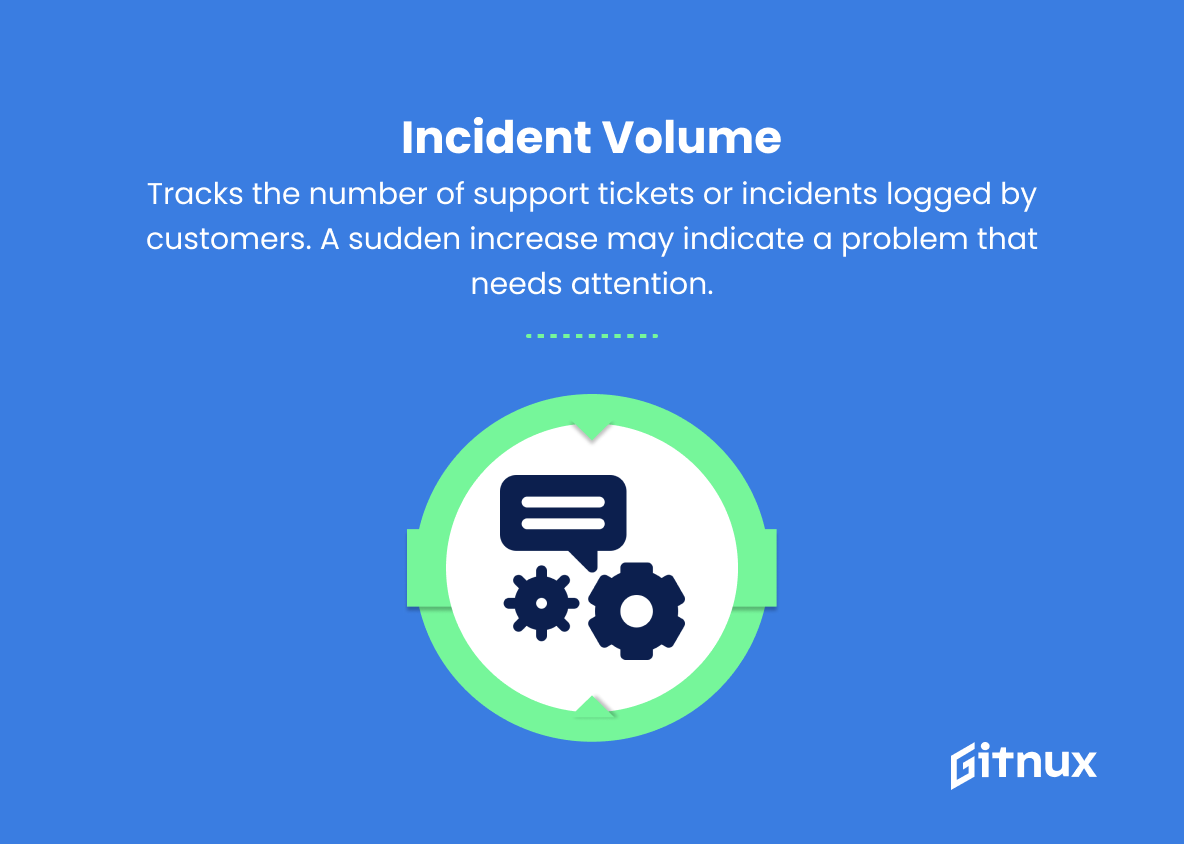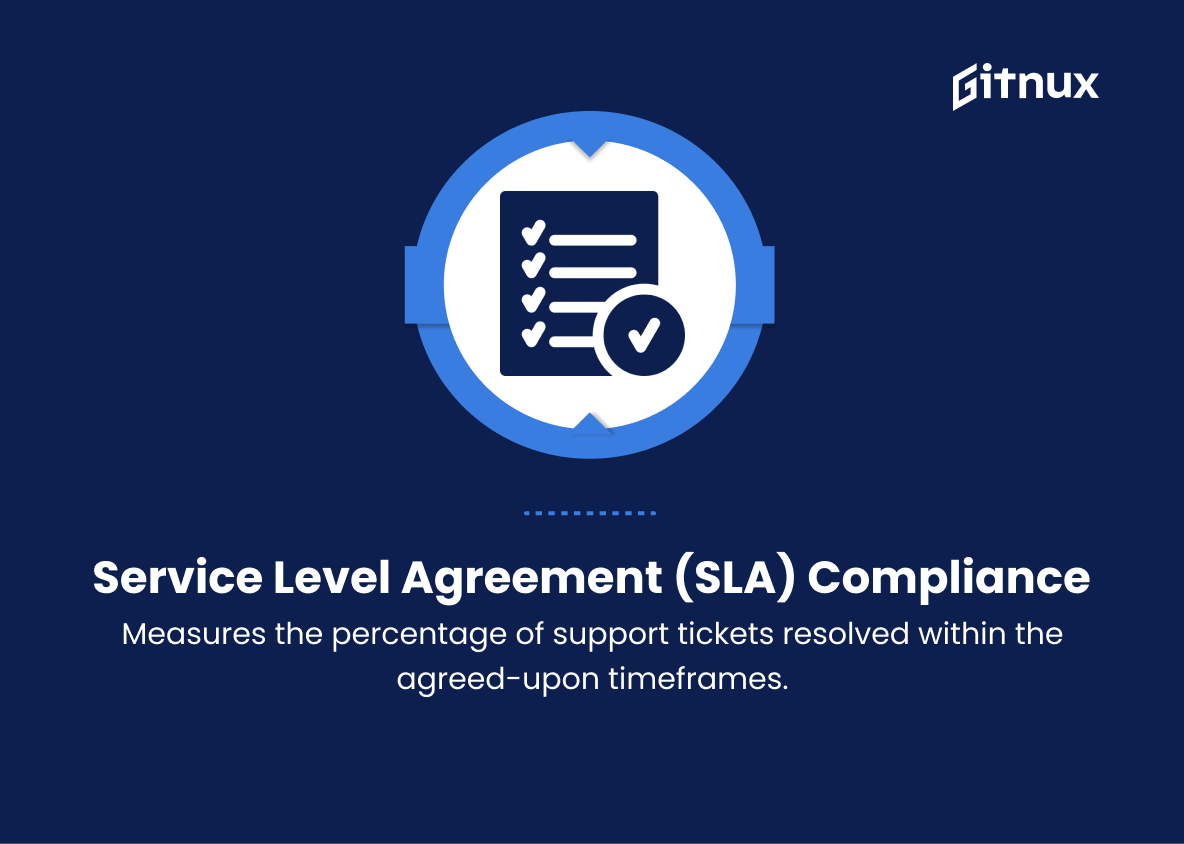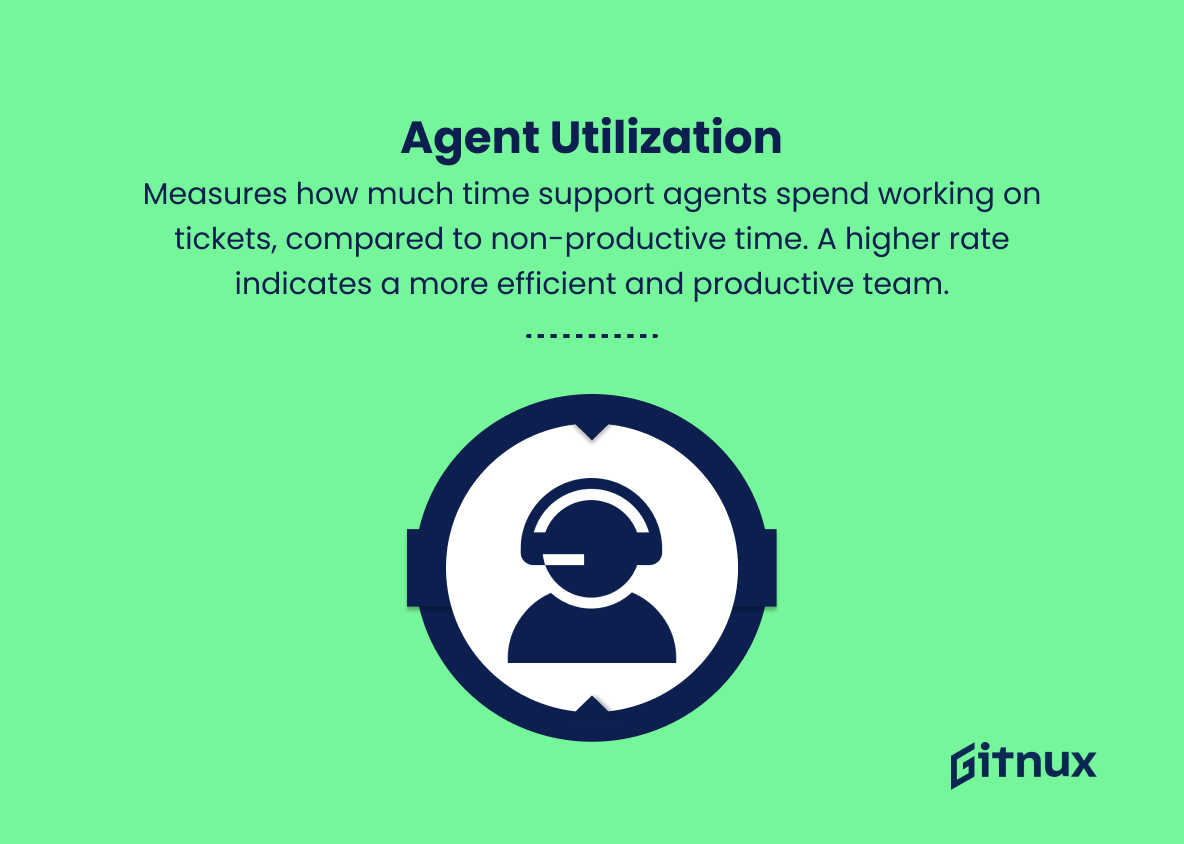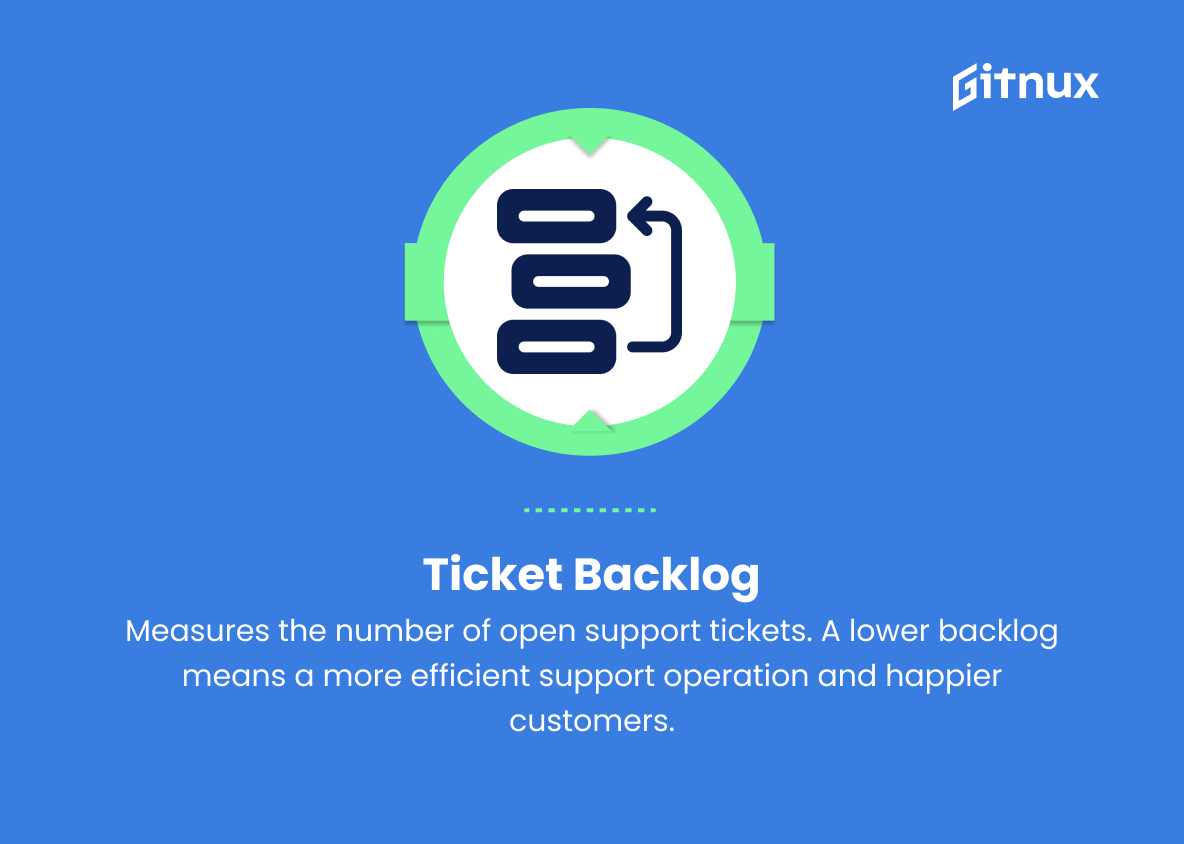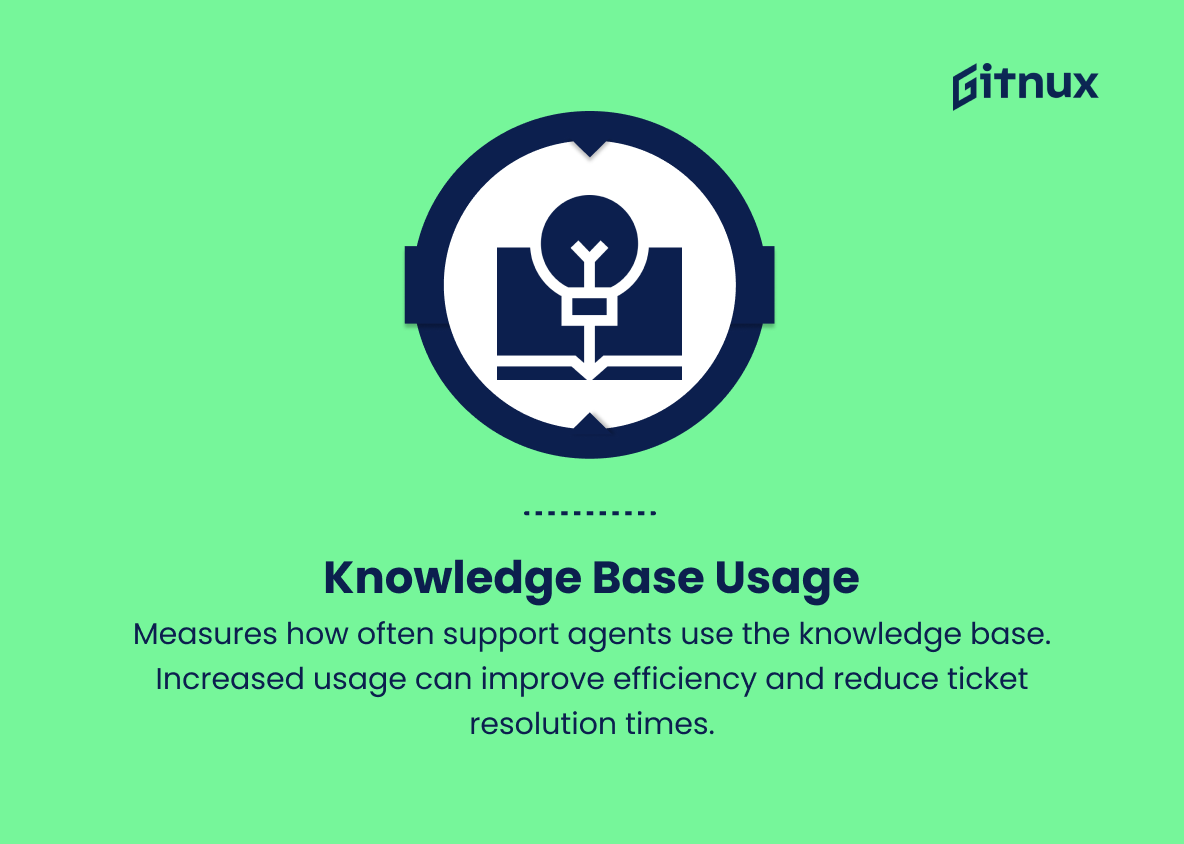In today’s fast-paced digital landscape, the role of IT service desks has become increasingly important in driving business efficiency and ensuring a seamless customer experience. As we continue to rely on technology to drive productivity, IT Service Desks must effectively measure their performance to ensure the satisfaction of both internal and external customers.
This is where key performance indicators (KPIs) come into play. These measurable values help organizations evaluate their success in achieving specific goals and drive continuous improvement. This blog post examines the critical role of IT service desk KPIs, why they are important, and how organizations can strategically use these metrics to optimize their IT service desk and meet the ever-evolving demands placed on it.
IT Service Desk KPIs You Should Know
1. First Contact Resolution (FCR)
This KPI measures the percentage of incidents resolved on the first interaction between the customer and the service desk. A higher FCR indicates higher efficiency and customer satisfaction.
2. Average Response Time
This KPI measures the average time it takes for the service desk to respond to a customer’s initial request for assistance. A lower response time indicates a more efficient and timely support service.
3. Average Resolution Time
This KPI measures the average time it takes to resolve a support ticket or incident once it has been logged. A lower resolution time indicates a more efficient service desk and better customer experience.
In today’s fast-paced digital landscape, the role played by IT Service Desks has become increasingly critical in driving business efficiency and ensuring seamless customer experiences.4. Ticket Escalation Rate
This KPI measures the percentage of support tickets that require escalation to higher-level support teams or specialists. A lower escalation rate can indicate a higher-skilled and proficient service desk team.
5. Customer Satisfaction (CSAT) Score
This KPI measures the satisfaction levels of customers who interact with the service desk. A high CSAT score indicates that the service desk is providing a positive experience and meeting customer expectations.
6. Incident Volume
This KPI is used to track the total number of support tickets or incidents logged by customers. A sudden increase in incident volume can indicate a potential issue or problem that requires immediate attention.
7. Service Level Agreement (SLA) Compliance
This KPI measures the percentage of support tickets resolved within the agreed-upon timeframes, as defined by the SLA. A high SLA compliance rate indicates that the service desk is meeting its obligations and maintaining a high level of service quality.
8. Agent Utilization
This KPI measures the percentage of time that support agents spend working on support tickets, compared to non-productive time such as breaks or training. A higher agent utilization rate indicates a more efficient and productive service desk team.
9. Ticket Backlog
This KPI measures the total number of open support tickets awaiting resolution. A lower ticket backlog indicates a more efficient support operation, which can result in higher customer satisfaction.
The mentioned IT Service Desk KPIs play a crucial role in assessing the overall performance, efficiency, and quality of support services provided to customers.10. Agent Turnover Rate
This KPI measures the percentage of support agents that leave the service desk within a specified time period. A high turnover rate can indicate dissatisfaction among service desk staff, which can negatively impact the overall performance of the team.
11. Knowledge Base Usage
This KPI measures the frequency at which support agents utilize the knowledge base to find information and troubleshoot issues. Increased usage of the knowledge base can help improve efficiency and reduce ticket resolution times.
12. Cost per Ticket
This KPI measures the average cost of resolving a support ticket, which includes factors such as labor, overhead, and technology expenses. A lower cost per ticket can indicate a more cost-effective service desk operation.
IT Service Desk KPIs Explained
These IT service desk KPIs play a critical role in assessing the overall performance, efficiency and quality of support services provided to customers. First Contact Resolution (FCR) is critical to measuring the effectiveness and customer satisfaction of the support team, while Average Response Time and Average Resolution Time ensure timely assistance and problem resolution.
Ticket Escalation Rate reflects the skills and expertise of the service desk team. Customer Satisfaction (CSAT) Score assesses the service desk’s alignment with customer expectations, and Incident Volume helps identify potential issues that require immediate attention. Service Level Agreement (SLA) compliance ensures that service quality remains consistent and meets established benchmarks. Agent Utilization enables better resource management and increased productivity, while Ticket Backlog shows the efficiency of support operations.
Agent Turnover Rate reveals potential dissatisfaction among support staff that impacts overall team performance, and Knowledge Base Usage highlights the importance of leveraging available resources to improve efficiency. Finally, Cost per Ticket evaluates the cost-effectiveness of service desk operations, enabling better budget allocation and strategic planning.
Conclusion
In summary, IT service desk KPIs play a critical role in ensuring the smooth functioning, efficiency and overall success of any IT support organization or department. By carefully monitoring, analyzing and improving these key performance indicators, organizations can continually fine-tune processes, improve response times and increase customer satisfaction.
The result is increased productivity, reduced operational costs and a more robust IT infrastructure. To realize the full potential of IT service desk KPIs, it is essential to regularly evaluate their implementation and adapt to the ever-changing demands of the digital landscape. By doing so, organizations will be well positioned to thrive and stay ahead in today’s fast-paced, technology-driven world.
